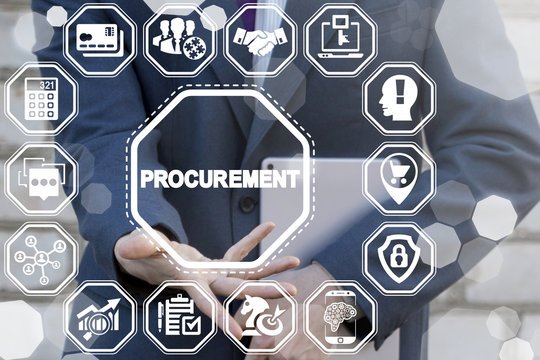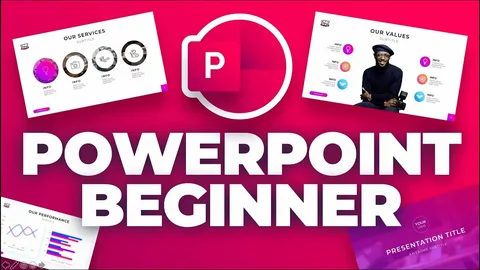
The business sector has evolved a lot during the past decade, and businesses that fail to adapt run the risk of falling behind their competitors. Procurement management, as a business strategy with a direct impact on profits, operation, and competitive advantage, used to be considered a back-office process. The manual processes, paper-based solutions, and fragmented channels of communication that defined the traditional procurement solutions are no longer sufficient to meet the demands of modern companies. Innovative companies understand that procurement management software is essential for long-term company operations and strategic expansion in the fast-paced market of today, not just a technical advancement.
1. Cost Reduction and Financial Optimization
Through smart purchase decisions and intelligence expenditure analysis, procurement management software significantly reduces costs. Businesses can find redundant purchases, bargain with suppliers for better terms, and cut back on wasteful spending that depletes funds. The program keeps track of each transaction, evaluates prices from several suppliers, and identifies deals for larger purchases. Advanced analytics also allow finance departments to implement targeted cost reduction initiatives because these tools identify patterns of expenses that would not have been identified by human research. Firms generally enjoy immediate procurement saves and improved cash flow management and profitability. These financial profits accumulate over time to create competitive strengths and to generate financial resources that are used in strategic investment and corporate building initiatives.
2. Operational Transparency and Accountability
Modern procurement management software establishes unambiguous responsibility at all operational levels and provides previously unheard-of visibility into corporate purchasing processes. Complete audit trails are produced by recording each transaction with thorough timestamps, approval chains, and justifications for decisions. Management teams receive up-to-date information on supplier performance, departmental spending, and the effectiveness of the procurement cycle. This transparency not only ensures that set procurement standards are adhered to but also eliminates shadow purchasing, as well as reducing maverick spending. Stakeholders can easily access extensive information, and can keep track of progress made towards objectives, and can also be able to identify those points, which require immediate attention. Greater responsiveness fosters the responsible culture in which workers become more conscious of the financial impact of their purchase on top of making more conscious choices.
3. Supply Chain Resilience and Continuity
By diversifying supplier networks and seeing possible disruption risks before they affect operations, good procurement management software increases supply chain resilience. The live auction software measures performance indicators, keeps an eye on market factors that may impact supply availability, as well as maintains extensive supplier databases. Predictive analytics can help companies to maintain safety stocks, and to find alternative suppliers, as well as to create backup. Companies that have good procurement processes can quickly turn to other suppliers when their operations become disrupted by market fluctuations, natural disasters, or even by political occurrences. When businesses continue despite such a challenging market environment, income losses are avoided, customer satisfaction is not compromised and ability to compete is maintained.
4. Strategic Partnership Development
The creation of strategic alliances with important suppliers that go beyond straightforward business dealings is made easier by procurement management software. Decisions on partnerships are informed by the live auction software comprehensive performance statistics, communication history, and collaborative results. Organizations can find suppliers who continuously deliver exceptional value, show creative skill capabilities, and assist in achieving long-term corporate objectives. Only under such conditions, strategic partnerships with competitive advantages, and joint development of innovations, as well as mutual development become a reality. Good relationships with suppliers can result in preferential price, priority service, early access to new products and other collaborative problem solving solutions. These relationships are constructed into valuable corporate assets to enable dominant competitiveness in the market over time coupled with competitive posturing.
5. Regulatory Compliance and Audit Readiness
Automated procurement management solutions make it much easier to comply with corporate policies and industry laws. The program maintains the necessary records, enforces approval hierarchies, and guarantees that all purchase operations comply with legal standards. Both internal and external audit procedures are supported by automatically created audit trails that are kept in safe, easily accessible forms. Without requiring a lot of manual paperwork work, organizations may show that they are in compliance with government legislation, in addition to industry standards, as well as corporate governance requirements. This progressive process can contribute to the preservation of the image of an organization in addition to eliminating legal risks and avoiding expensive penalties. This compliance automation may come in especially handy where the business may be required to operate in a complex regulatory environment, or is in a highly regulated industry.
6. Innovation and Technology Adoption
The procurement management software helps to facilitate the acquisition of new technologies, services, and capabilities, and thus, a catalyst of broader organizational innovation. The technology encourages trial programs, accelerates review processes and enables prompt implementation of innovative ideas. Businesses have the ability to rapidly experiment with new technology, bargain with innovative suppliers to offer competitive prices and apply new ideas that give them a competitive advantage. Instead of becoming a bureaucratic barrier to innovation implementation, the procurement process is an active participant. Such agility can enable businesses to stay abreast with market trends, swiftly adapt to clients needs along with stay abreast of technology in their respective fields.
7. Employee Productivity and Satisfaction
Automated procurement procedures reduce administrative load throughout the company and eliminate labor-intensive manual chores, which greatly increases staff productivity. Instead of handling paperwork, obtaining approvals, or monitoring order progress, employees may concentrate on strategic tasks. Self-service characteristics allow staff members to make purchases independently without compromising relevant monitoring and controls. When procurement time is reduced, employees can complete projects faster and can meet performance objectives because resources are acquired in a timely manner. Higher job satisfaction, less annoyance with internal procedures, and increased workplace productivity are all results of this increased efficiency. When internal live auction software promote rather than impede productivity, organizations frequently see increases in employee engagement and retention.
8. Market Intelligence and Competitive Advantage
The procurement management software offers useful market data that helps maintain competitive positioning and guide strategic company decisions. The technology collects price information, monitors market patterns, and spots new possibilities that rivals might overlook. Companies may make well-informed judgments on product development and market expansion, negotiate from positions of power, and predict changes in the market. Innovative ideas, unconventional methods, and economical tactics that provide competitive advantages are frequently revealed by having access to extensive supplier networks. As firms traverse intricate global marketplaces, unstable economic conditions, and quickly changing client expectations, this market expertise becomes more and more useful.
Conclusion
The procurement management software is far more important than just automating processes and saving money. Procurement is now acknowledged by modern enterprises as a strategic role that fosters innovation, maintains operational continuity, and generates long-term competitive benefits. With advanced features like live auction software enabling real-time competitive bidding, businesses that use complete procurement management systems set themselves up for long-term success in a market that is becoming more and more competitive and complicated.






